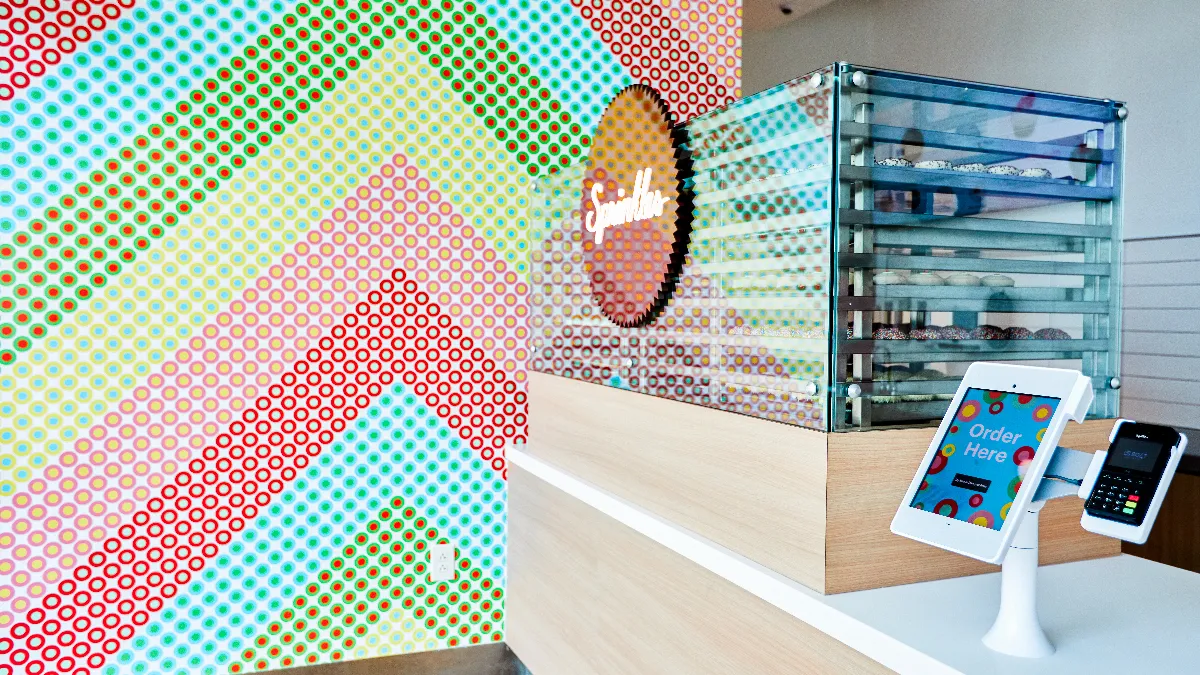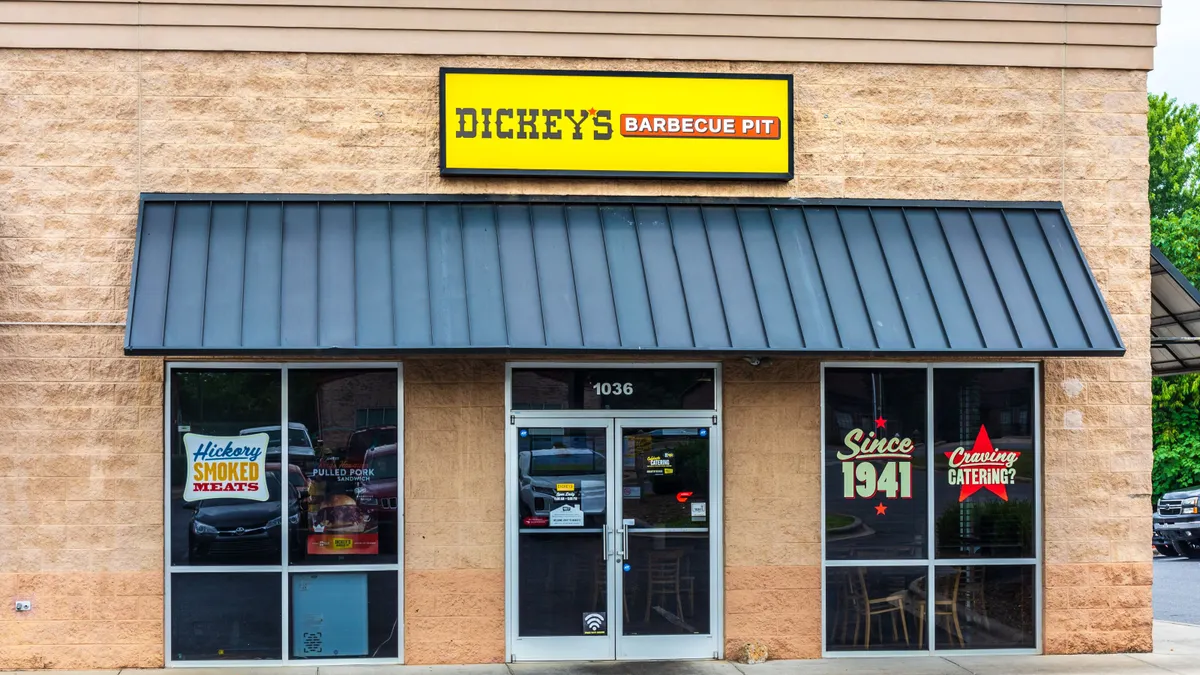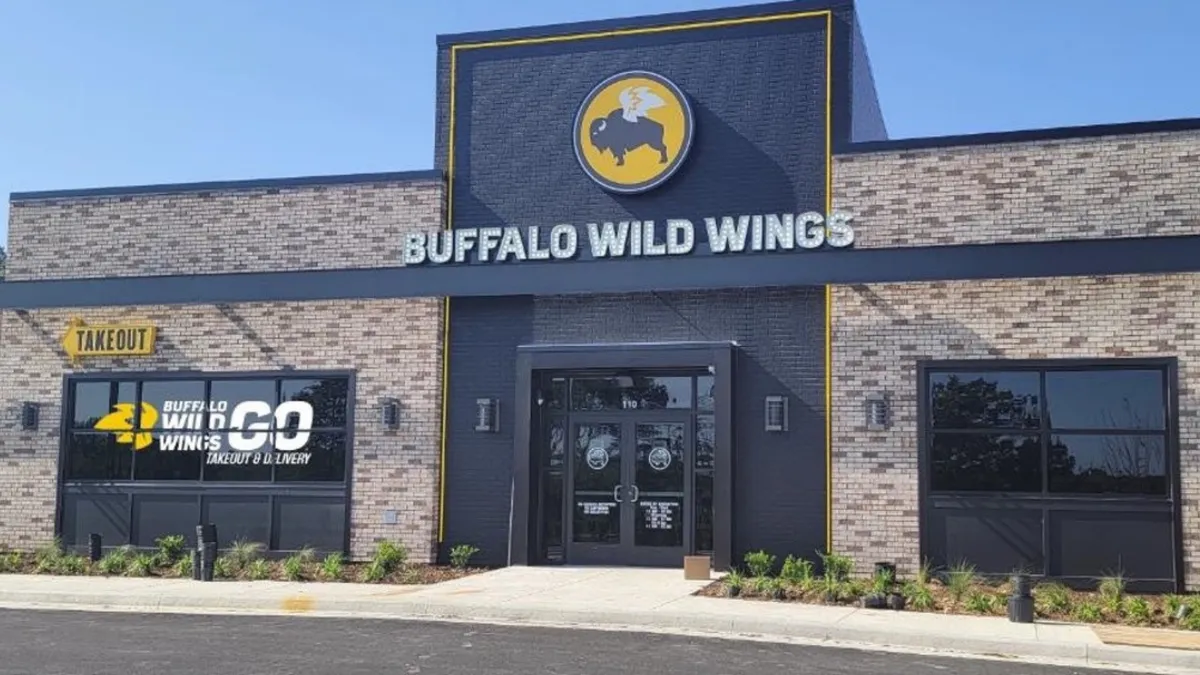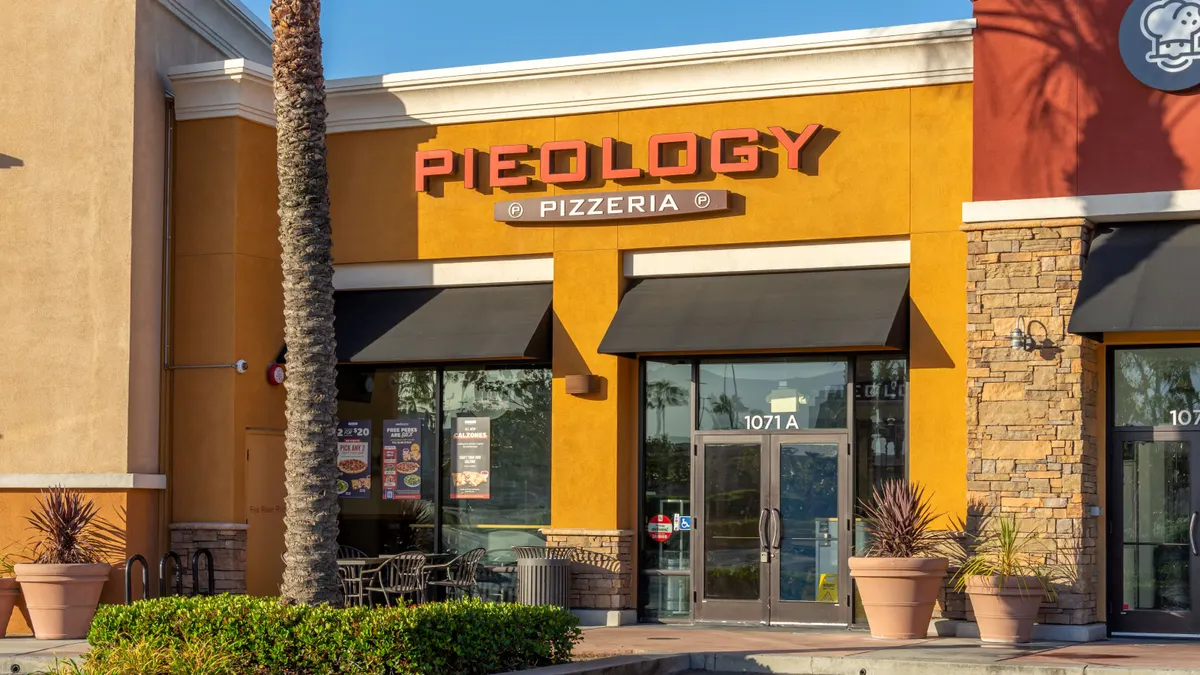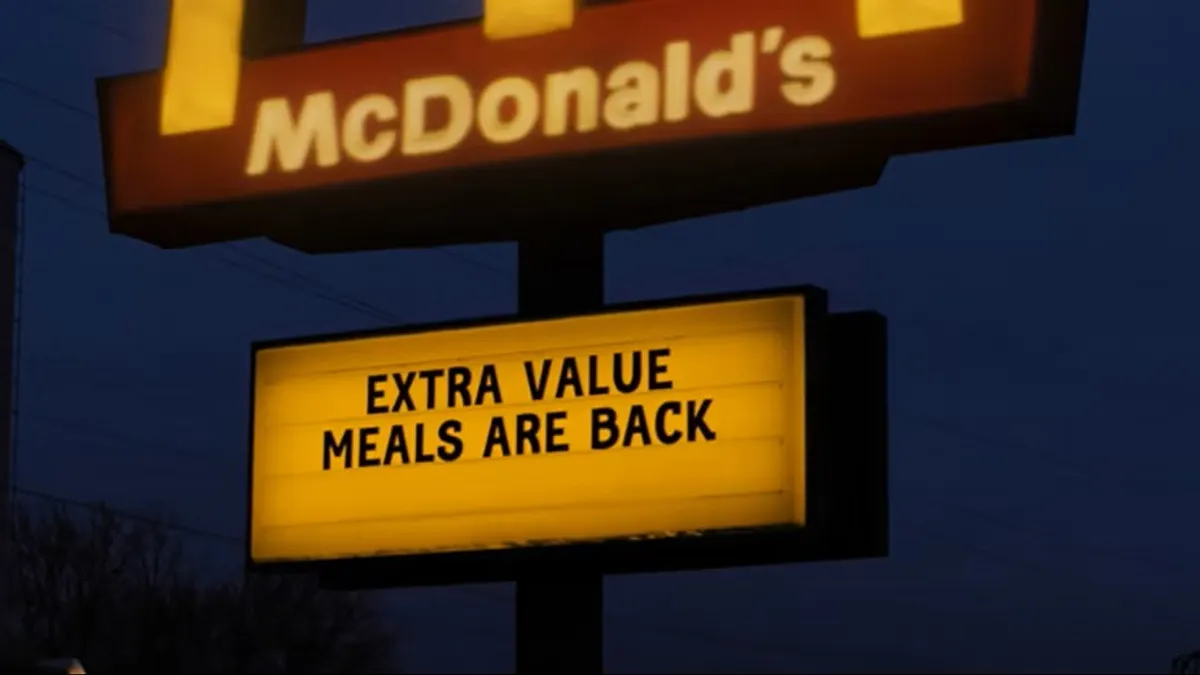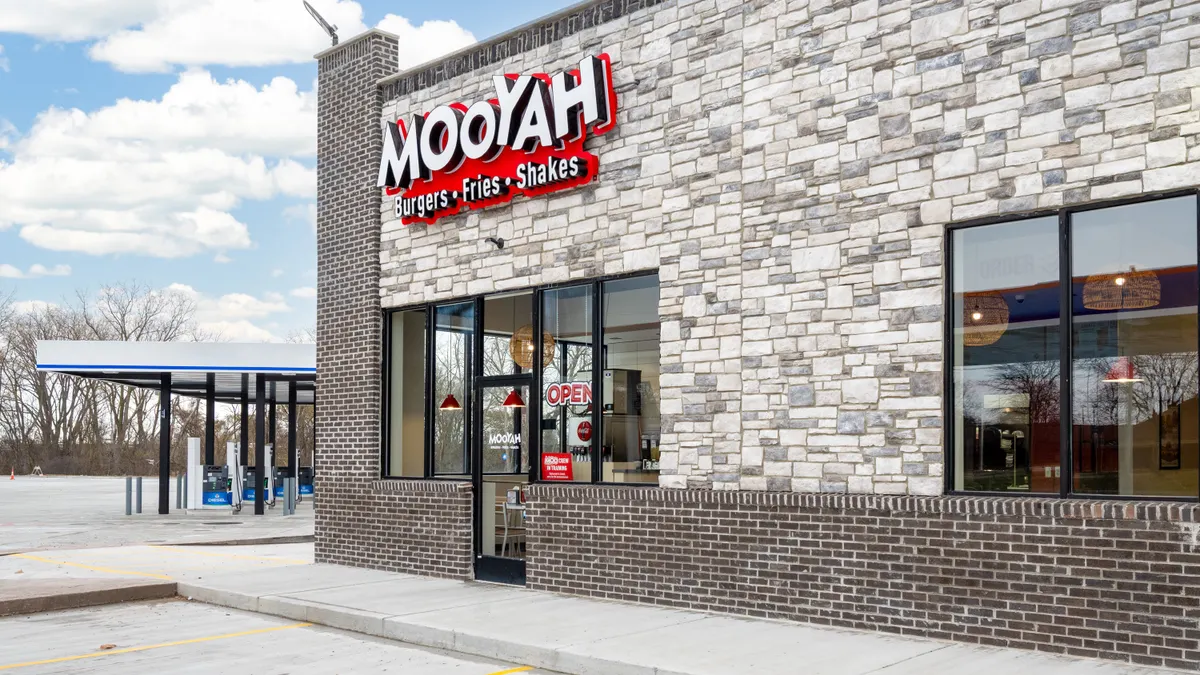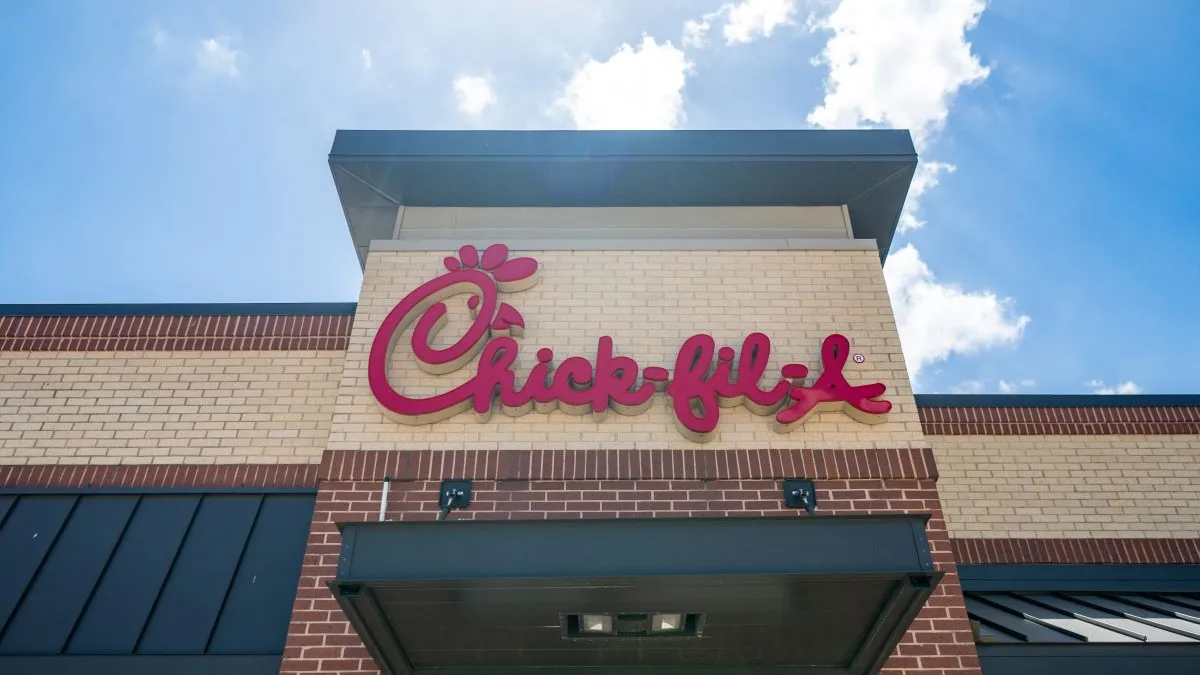Editor’s note: This article is part of an ongoing franchise series, which highlights brands that are new to or aggressively expanding via franchising. Is your restaurant starting to franchise? Email us at [email protected].
When Dan Mesches was consulting on a project in Los Angeles in 2008, a friend encouraged him to wait in line for cupcakes at Sprinkles. From his first taste of these cupcakes, he’s been in love with the brand. And in 2017, he joined the company, which was founded by Candace and Charles Nelson in 2005, as CEO and president.
Five years later, Sprinkles opened its first franchised unit in Riverton, Utah, marking a new era of growth for the chain. The company currently has 23 bakeries and 50 cupcake ATMs across the country, including in airports like Los Angeles International Airport, Chicago O’Hare International Airport, Dallas Fort Worth International Airport and Houston Hobby Airport.
Before franchising, the company optimized its tech stack, flavor profiles and store development. In addition to its cupcakes, cakes and cookies, the brand has developed products like chocolates, mini chocolates, cupcake truffles and cupcake and cake mixes, Mesches said.
Sprinkles wanted to streamline the guest experience, especially when it came to the long lines its bakeries generate. In Sprinkles’ early days, waiting in line for a popular product was in vogue, but now customers associate long lines with service issues, Mesches said. The company revamped its app to help with demand, shifting from a platform that only tracked rewards points to one that can offer online ordering. The app, which is facilitated by Olo, can also allow people to upload a photo of themselves to have it printed on a cupcake the next day. Previously, cupcake photo printing was a long process that required customers to send a picture to the guest services department.
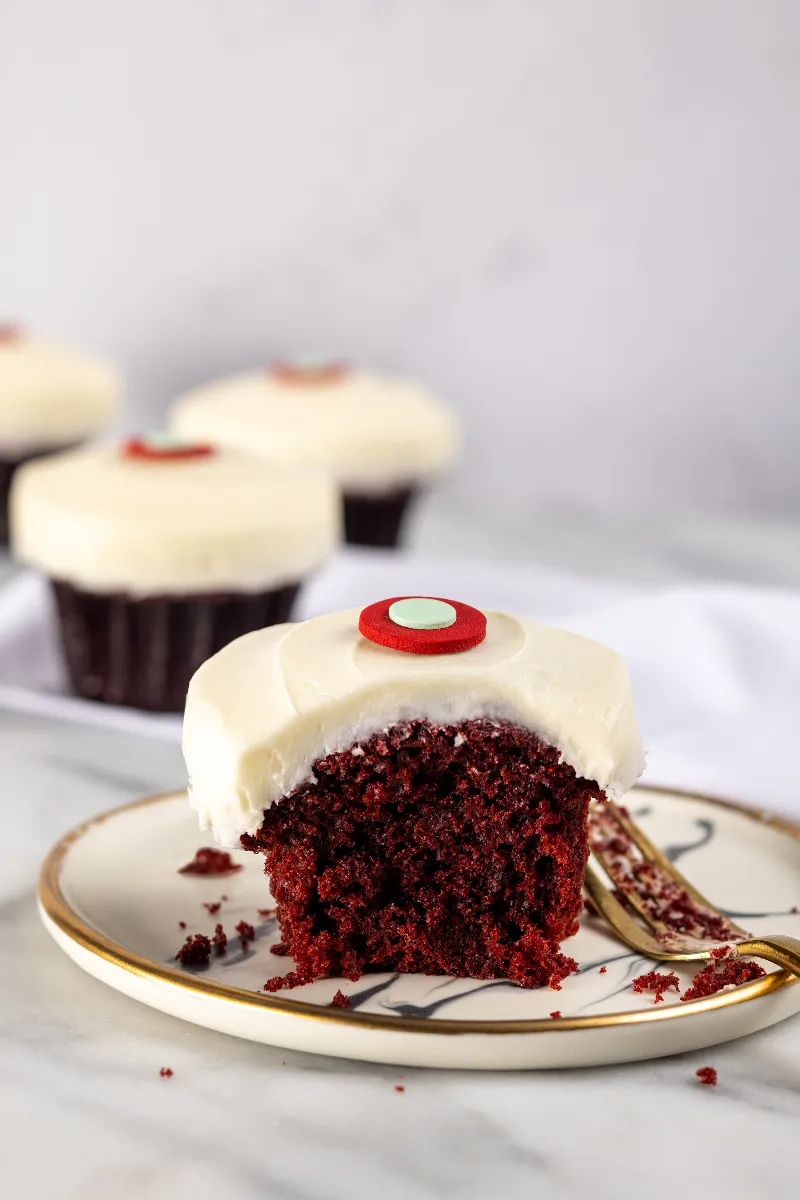
Sprinkles also uses communication tools from Zenput’s operations platform, which allows franchisees and Sprinkles’ own team to distribute opening and closing checklists, share recipes and share quality control images that corporate can review, Mesches said.
The company streamlined procedures that would help new franchisees and even employees understand how to make products, ensure cupcakes meet product standards, train workers, and engage guests through offerings like anniversary promotions, Mesches said.
The brand is remodeling its bakeries to include self-order kiosks, which have a 98% customer adoption rate, and separate areas for takeout and delivery orders, Mesches said. Digital menu boards showcasing images of cupcakes have replaced open pastry cases to alleviate any concerns people may have related to COVID-19. Wherever possible, Sprinkles adds a second door to its stores, especially in busy locations, to help with the flow of foot traffic.
Sprinkles has received strong interest from potential franchisees, especially as its brand recognition grows across the U.S. despite its limited development in the West Coast, said Brett Willis, Sprinkles VP of development. The company has fielded inquiries from just about every state in the U.S., which will help it accelerate its growth in the East Coast and Midwest, Willis said.
When selecting a site, the company will review real estate analytics and examine an area’s demographics, socioeconomic factors and foot traffic, he said. For example, the company’s core demographic is women aged 18 to 54, with a target of women aged 25 to 34. The company seeks out higher-end trade areas, which typically have luxury retail brands, Willis said.
Since Sprinkles doesn’t require a lot of space or extensive kitchen equipment — just ovens and mixers — it has more flexibility with real estate locations and can go into inline, endcap or freestanding units, Willis said.
Units typically require 1,200 to 1,400 square feet, with some bakeries as small as 600 square feet, but those smaller units are supported by a commissary bakery in Southern California, Mesches said. The company uses this hub-and-spoke model in a few markets, but decided that baking cupcakes fresh daily on site is more cost effective from a financial and food waste perspective, he said.
“People might say, ‘Oh well, cupcakes aren’t as hot as they were back in 2005 to 2010.’ We see that as a great opportunity,” Mesches said. While many cupcake-related brands have gone out of business or declared bankruptcy, Sprinkles has seen its comp sales grow year-over-year, he said. Its average unit volumes are currently $2.2 million .
Development plans: Within the next year, Sprinkles expects to have signed 100 franchised units, Mesches said. Its company-owned store network will continue to grow at a pace of four to five units annually, he said. The next goal would be to reach 250 franchised units. In the U.S., Sprinkles is targeting large metropolitan areas, which it would like to penetrate within the next three to five years. Willis said. The company expects to open an international unit by 2024 and is currently in negotiations with several international operators, Willis said.
Ideal franchisees: Prospective franchisees should have operational experience with medium-to-small-sized restaurant operations. The company has talked to operators with as few as 12 units and as many as 150 units, Mesches said.



